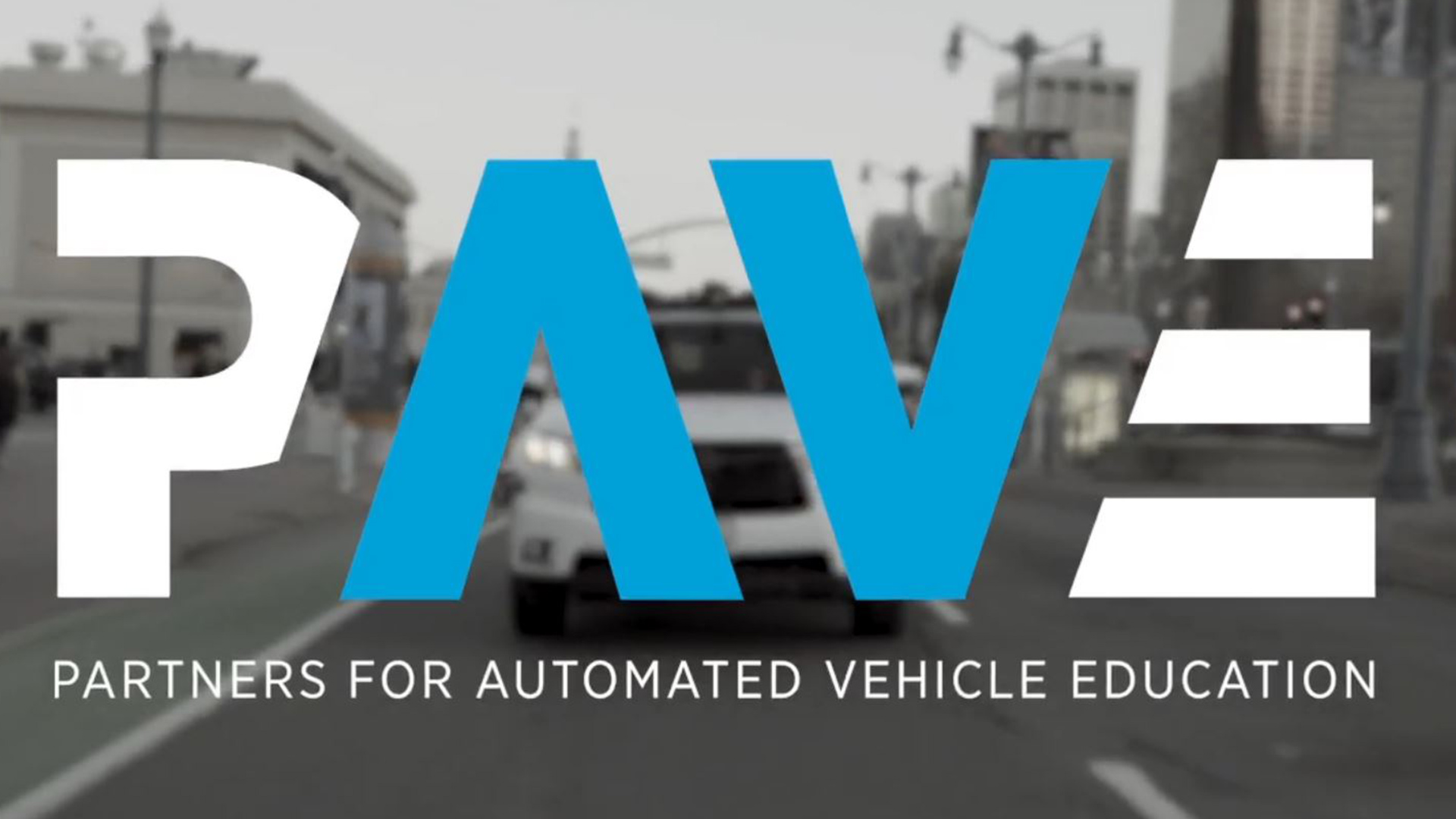

Editor’s note: In the discussions that followed a recent piece here at The Drive
about the Partners for Automated Vehicle Education, we reached out to PAVE and offered them the opportunity to respond. Because of our shared interest in creating a robust public discussion around autonomous vehicle safety and education, we are publishing the following guest commentary by PAVE’s co-chairs Kelly Nantel and Brad Stertz. We hope it helps explain who and what PAVE is, and just as importantly who and what they are not, while extending the public conversation about their mission to educate the public, policymakers and the media.
As the co-chairs of Partners for Automated Vehicle Education, we are grateful for the response to PAVE’s launch during CES 2019 in Las Vegas. We’re hearing from a wide variety of stakeholders that they see the need for an organization to provide solid, factual information about these important technologies, and we have heard plenty of encouragement. We’re gratified that people see a need for PAVE and want it to succeed.
We’re also listening to those who have offered constructive commentary, at The Drive and elsewhere, on how best to achieve PAVE’s mission. We should say from the outset: PAVE can’t do this alone. We will need committed partners to join our work or to support it from outside the coalition. And our campaign is only one component of what needs to happen to bring the promise of AVs to life. Engineers in research labs, safety professionals, planners in local and state governments and members of Congress, to name just a few, will also need to contribute.
PAVE’s contribution to that effort is built on two beliefs that all our members share: First, in the ability of AVs to help create a safer, more mobile, and more sustainable world; and second, that our society will not fully achieve those benefits if the public and policymakers aren’t engaged and welcome participants in shaping the future. PAVE’s mission is to raise the level of knowledge and awareness so that everyone with a stake in the future of our roads can have their say.
In short, PAVE is a bet on the power of knowledge and the judgment of consumers and policymakers. We believe that if folks know the facts, it’s far more likely that we will fully realize the capability of these technologies to build a better transportation system.
We were careful at PAVE’s launch to highlight some things PAVE won’t do. PAVE is not a lobbying group; while many of our members take positions about legislative and regulatory policy, don’t expect to see PAVE weigh in on those questions. PAVE’s role in the policy debate is to help raise the overall level of knowledge among policymakers and their constituents, so that whatever policies they adopt, they do so from a position of knowledge.
PAVE is also not an industry public relations exercise. PAVE is unapologetically enthusiastic about the potential of AVs to make our world better. But the spark for PAVE’s formation was a shared understanding by many people, within the auto and tech industries and beyond, that unreasonable expectation and unjustified hype do more harm than good in the long run.
As we planned the launch, we heard time and again from members about the danger of adding to the hype cycle. We acknowledge that, at times, the industry has made claims that haven’t held up and that have contributed to consumer confusion about the current state of the technology. To those who have expressed concern that PAVE is a marketing tool for industry, we’ll state clearly: PAVE is explicitly aimed at raising the level of solid, verifiable knowledge, and combating both unjustified hype and unreasonable fear.
We’re also sensitive to the notion that a public education campaign is often a one-way lecture about what the public and policymakers should believe. But PAVE is not a one-way street. We are acutely aware of the need to understand public perceptions and concerns—and be responsive to them. As PAVE rolls out its activities in the coming weeks and months, we are confident folks will see just how committed PAVE is to meeting consumers where they are, not where we might want them to be.
We realize the enormity of the task before us. We expect that PAVE will grow, both in membership and in our understanding of how best to achieve our mission. We are grateful that so many supporters have emerged to offer their help and their advice, and we are committed to building an education campaign that everyone who believes in the power of AVs—from industry to the safety world to disability and sustainability advocates and beyond—can be proud of.
Kelly Nantel, Vice President of Communications and Advocacy at the National Safety Council, and Brad Stertz, Director of Government Affairs at Audi, are co-chairs of Partners for Automated Vehicle Education.